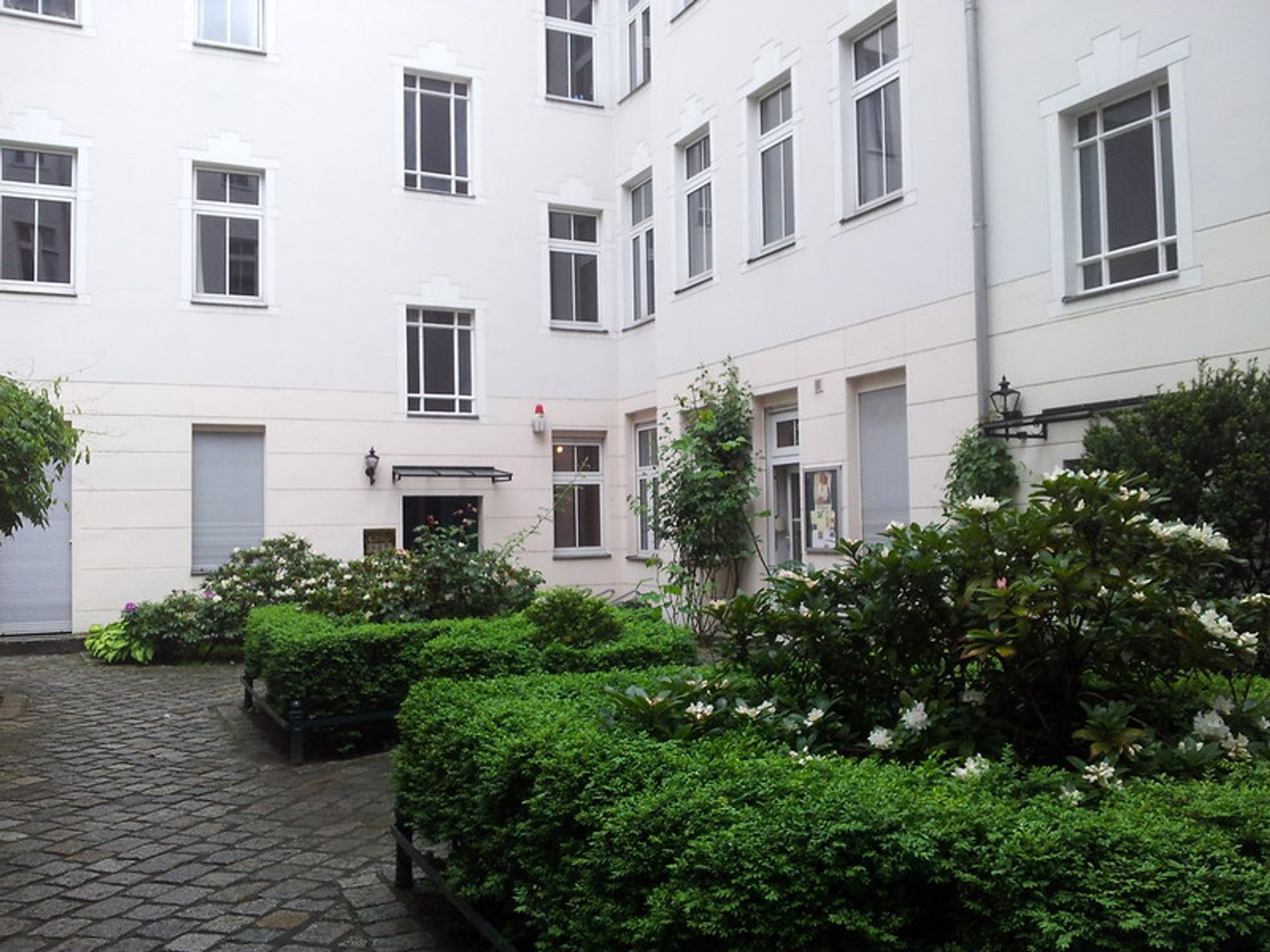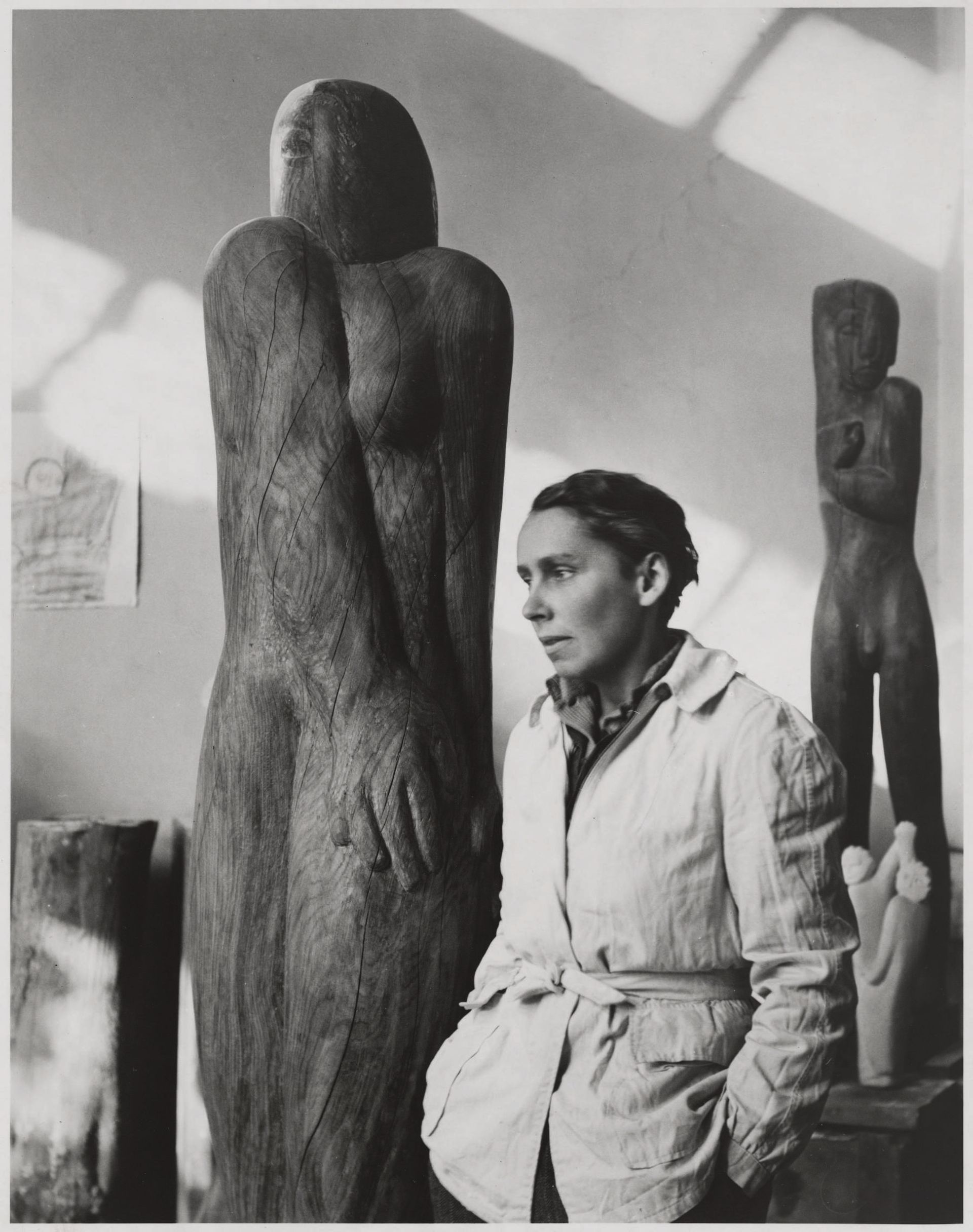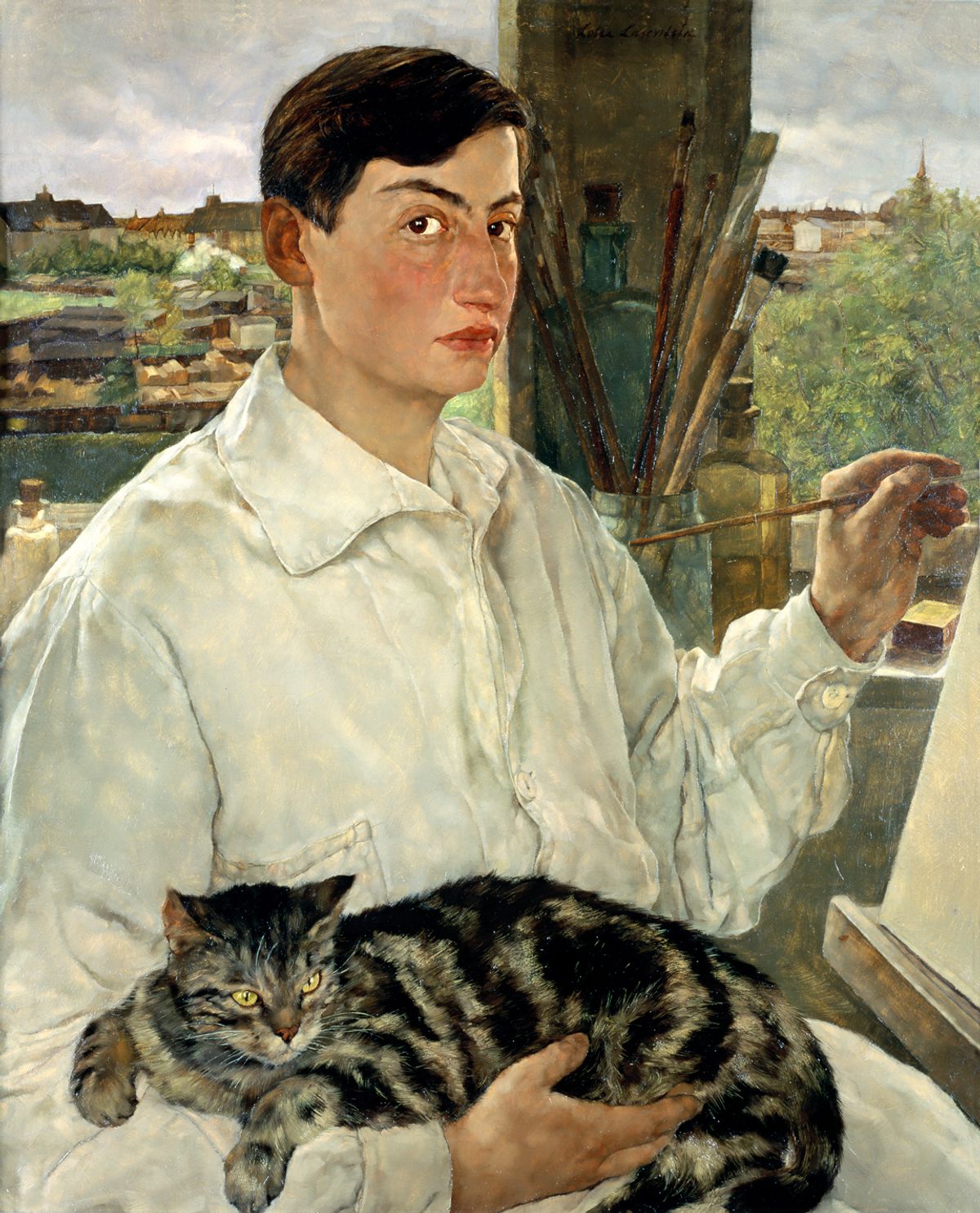A Berlin non-profit that championed forgotten women artists through new research and exhibitions has closed down after 36 years, passing on its archive and central mission to the Berlinische Galerie.
Founded by activists in 1986, Das Verborgene Museum (the hidden museum) rediscovered and promoted the work of more than 150 women artists, some of whom were renowned in their time but had since fallen into obscurity. Tucked away at the back of a courtyard in Berlin’s Charlottenburg district, it mounted on-site exhibitions but also collaborated with other institutions, including the Berlinische Galerie.

Das Verborgene Museum was located via a courtyard at Schluterstrasse 71, Berlin
Although the organisation managed to secure funding from the Berlin Senate for rent and a half-time position, it still needed to raise additional money for individual projects. “It’s very hard to get funding to work on unknown artists,” says its longtime chief curator Marion Beckers. “It’s much easier if you’re working on Picasso.” Now, Beckers and her co-founders have reached retirement age and are stepping down.
In the 1980s and 1990s, Das Verborgene Museum focused on women photographers before state institutions had embraced photography, raising the profile of Eva Besnyö, Frieda Riess, Lotte Jacobi and Marianne Strobl, among others. “We often gave the impetus, and then others took up the baton,” Beckers says.
The Jewish painter Lotte Laserstein is perhaps the best example of an artist whose reputation took off thanks to Das Verborgene Museum. Laserstein was well-known in Berlin before the Nazis came to power but her career was suddenly interrupted in 1937, when she fled Germany for Sweden, and she was largely forgotten.

Das Verborgene Museum’s final exhibition, focusing on the sculptor Louise Stomps, closed in January at the Berlinische Galerie
Das Verborgene Museum traced her artworks around the world and staged an exhibition at the Ephraim Palais in Berlin in 2003. Since then, shows have been dedicated to Laserstein at the Berlinische Galerie and Frankfurt’s Städel Museum. The Neue Nationalgalerie in Berlin acquired Lasterstein’s best-known masterpiece, Evening over Potsdam (1930), in 2010. It now hangs at the entrance to the new permanent exhibition of 20th-century art there.
“Lotte Laserstein is the prime example—with her everything worked as we envisaged,” Beckers says. “She has now entered the canon.”
Das Verborgene Museum’s final exhibition, focusing on the sculptor Louise Stomps, closed in January at the Berlinische Galerie. The museum for modern art, photography and architecture now says it plans to “continue the discovery of and research into women artists, to institutionalise it in a museum with a collection and an archive, and to increase its reach”.


